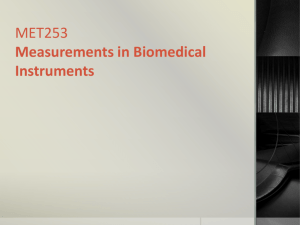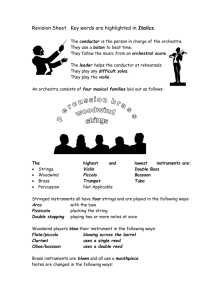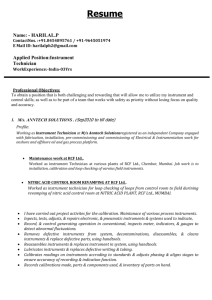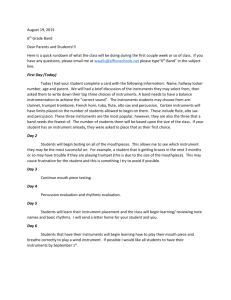Nichols Science Week of 10-12-15 to 10-16-15 Standards: 6
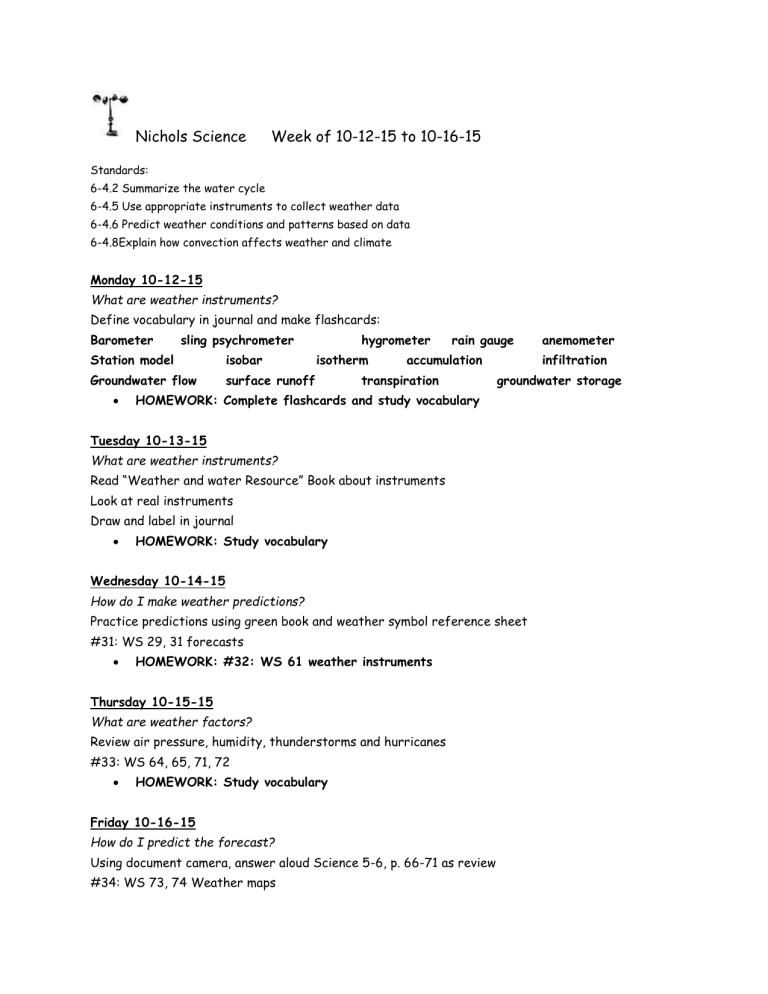
Nichols Science Week of 10-12-15 to 10-16-15
Standards:
6-4.2 Summarize the water cycle
6-4.5 Use appropriate instruments to collect weather data
6-4.6 Predict weather conditions and patterns based on data
6-4.8Explain how convection affects weather and climate
Monday 10-12-15
What are weather instruments?
Define vocabulary in journal and make flashcards:
Barometer
Station model sling psychrometer
Groundwater flow hygrometer rain gauge isobar isotherm surface runoff accumulation transpiration anemometer infiltration groundwater storage
HOMEWORK: Complete flashcards and study vocabulary
Tuesday 10-13-15
What are weather instruments?
Read “Weather and water Resource” Book about instruments
Look at real instruments
Draw and label in journal
HOMEWORK: Study vocabulary
Wednesday 10-14-15
How do I make weather predictions?
Practice predictions using green book and weather symbol reference sheet
#31: WS 29, 31 forecasts
HOMEWORK: #32: WS 61 weather instruments
Thursday 10-15-15
What are weather factors?
Review air pressure, humidity, thunderstorms and hurricanes
#33: WS 64, 65, 71, 72
HOMEWORK: Study vocabulary
Friday 10-16-15
How do I predict the forecast?
Using document camera, answer aloud Science 5-6, p. 66-71 as review
#34: WS 73, 74 Weather maps
Barometer-instrument that measures pressure in millibars
Isotherm- lines drawn on a weather map connecting points of equal temperature
Sling psychrometer- instrument that measures relative humidity in percent
Hygrometer- an instrument used for measuring the moisture content in the environment in percent
Rain gauge- an instrument used to measure the amount of rainfall in inches
Weather vane- an instrument that shows wind direction
Anemometer-an instrument that measures wind speed in miles per hour
Isobar- lines drawn on a weather map connecting points of equal pressure
Accumulation- the act of gathering water into heap or pile such as a pond
Groundwater flow- the flow of water underground
Surface run-off- the water flow that occurs when the soil is saturated and the excess water flows over the land
Groundwater storage- water located underground that pools beneath the earth’s surface ( a large deposit can be called an aquifer)
Station model- a map using a combination of symbols that indicate weather in a specific area
Infiltration- when water seeps into the ground
Transpiration- the act of water evaporating out of plants into the atmosphere




